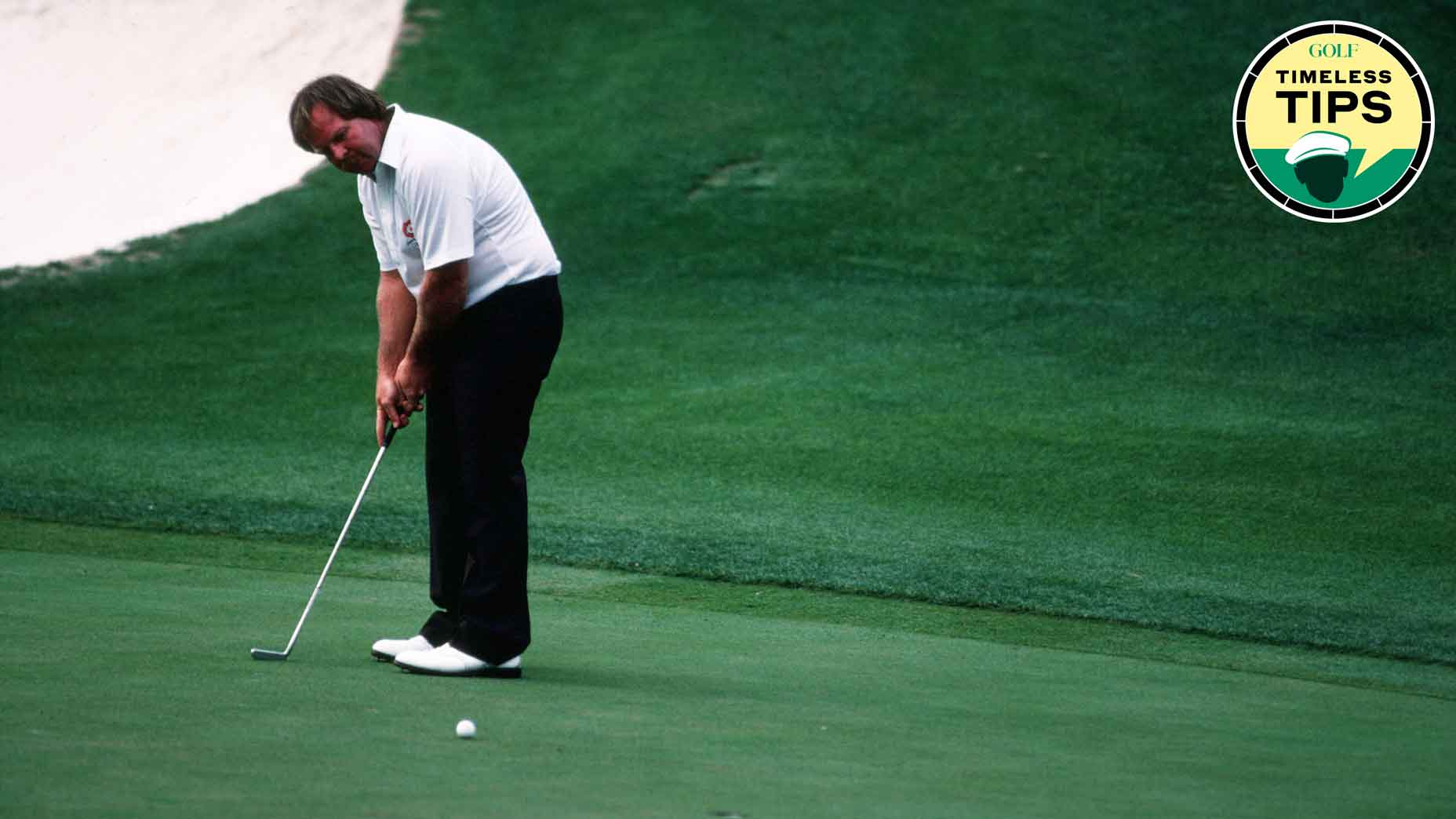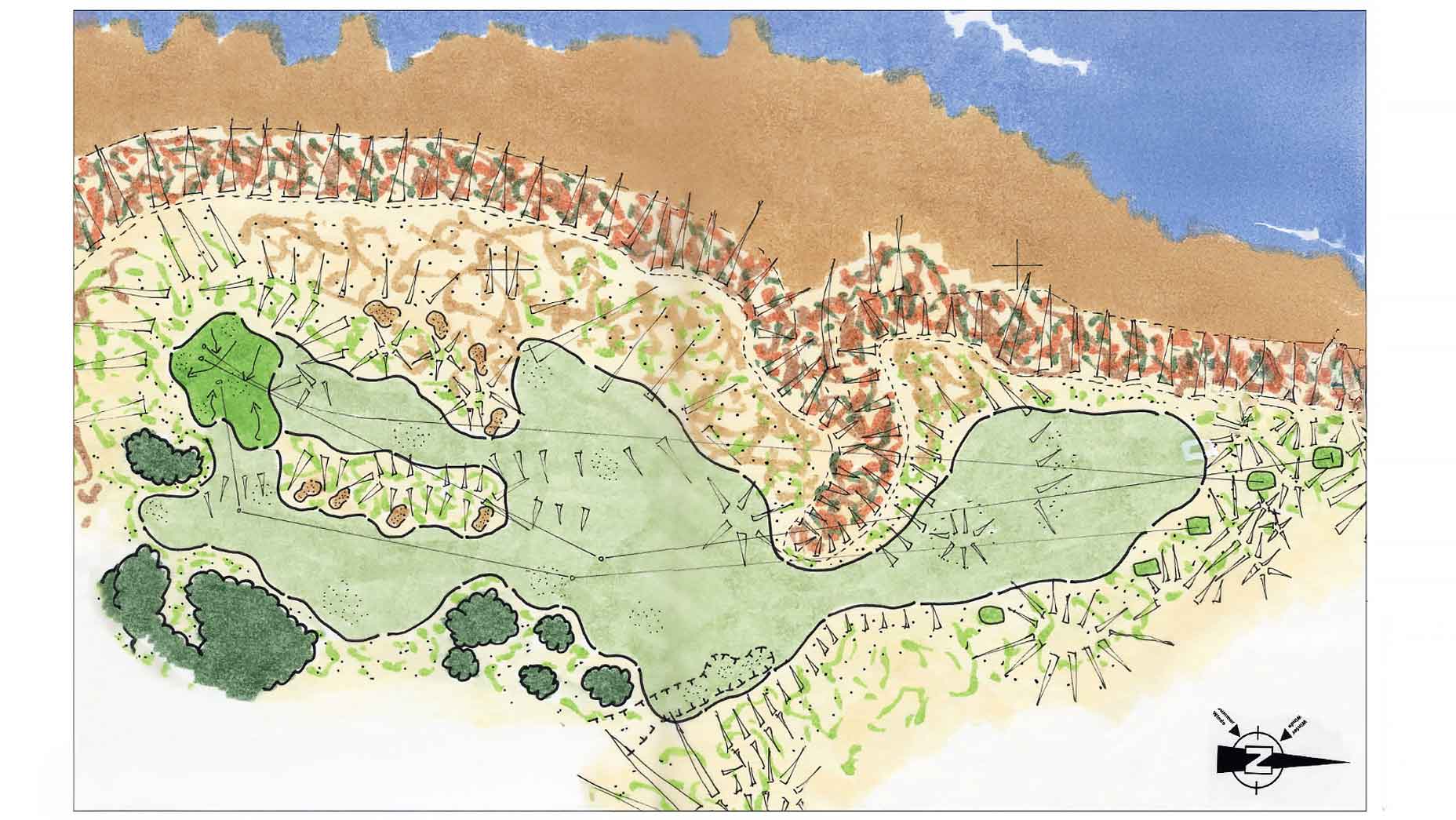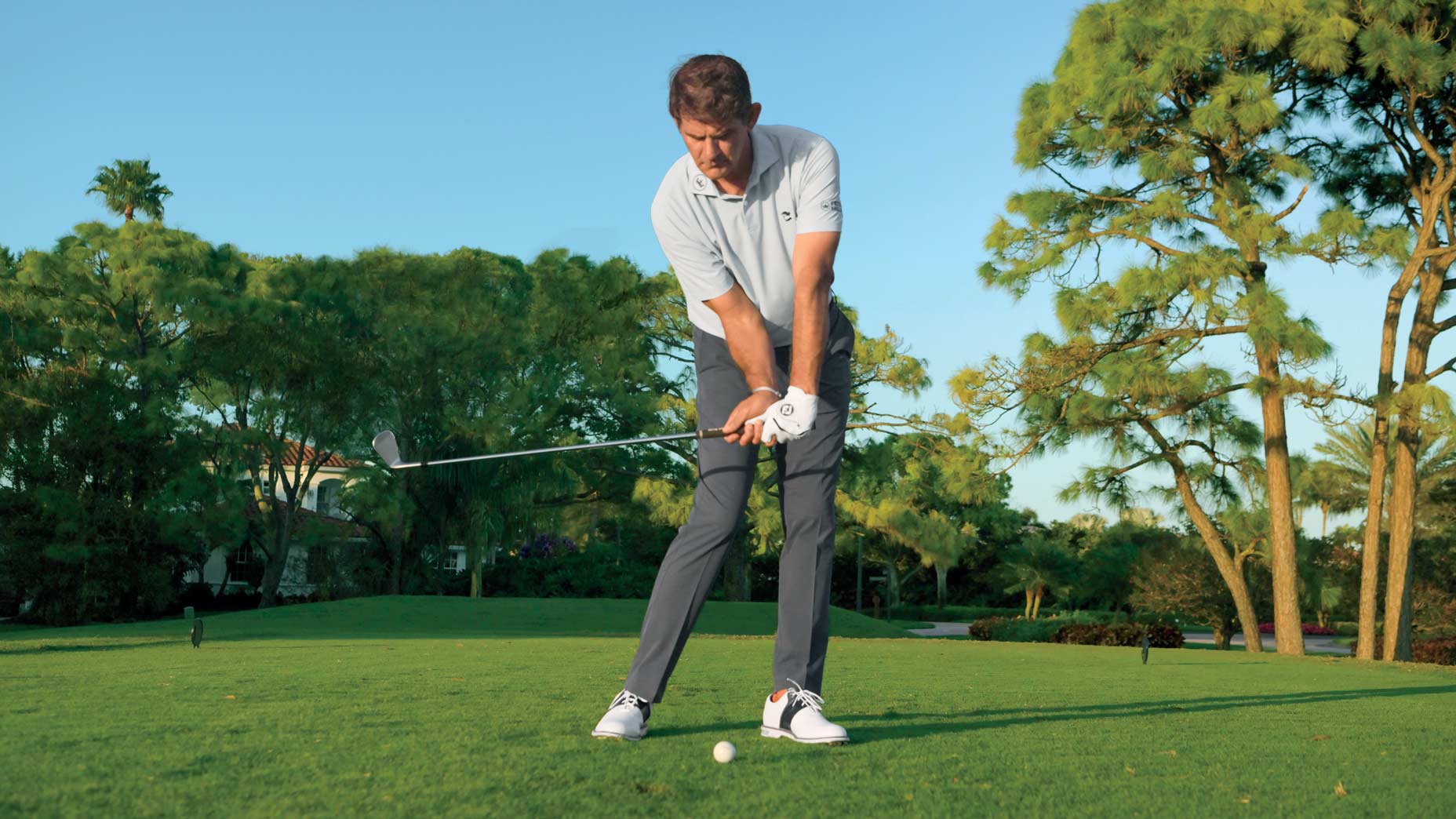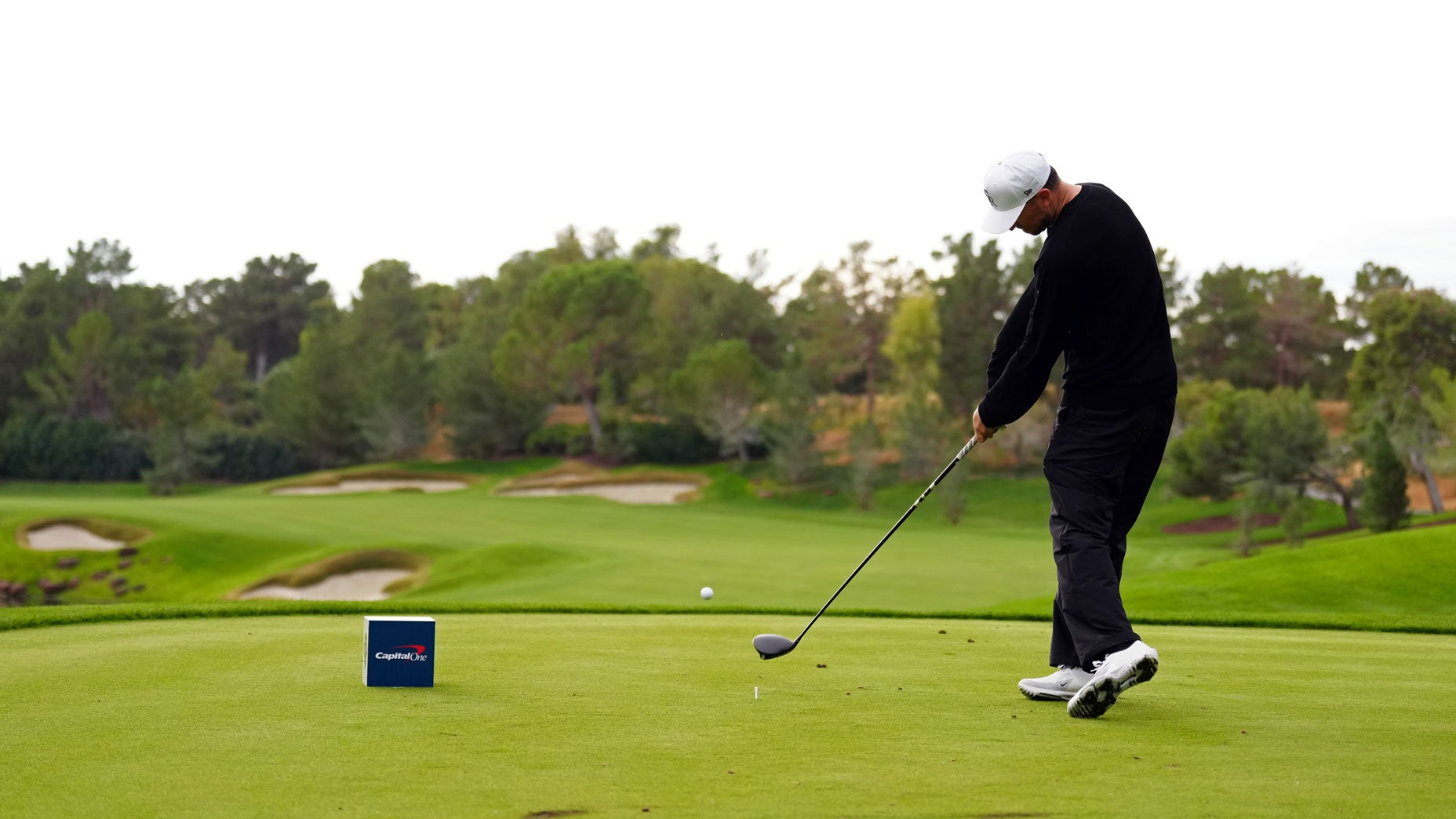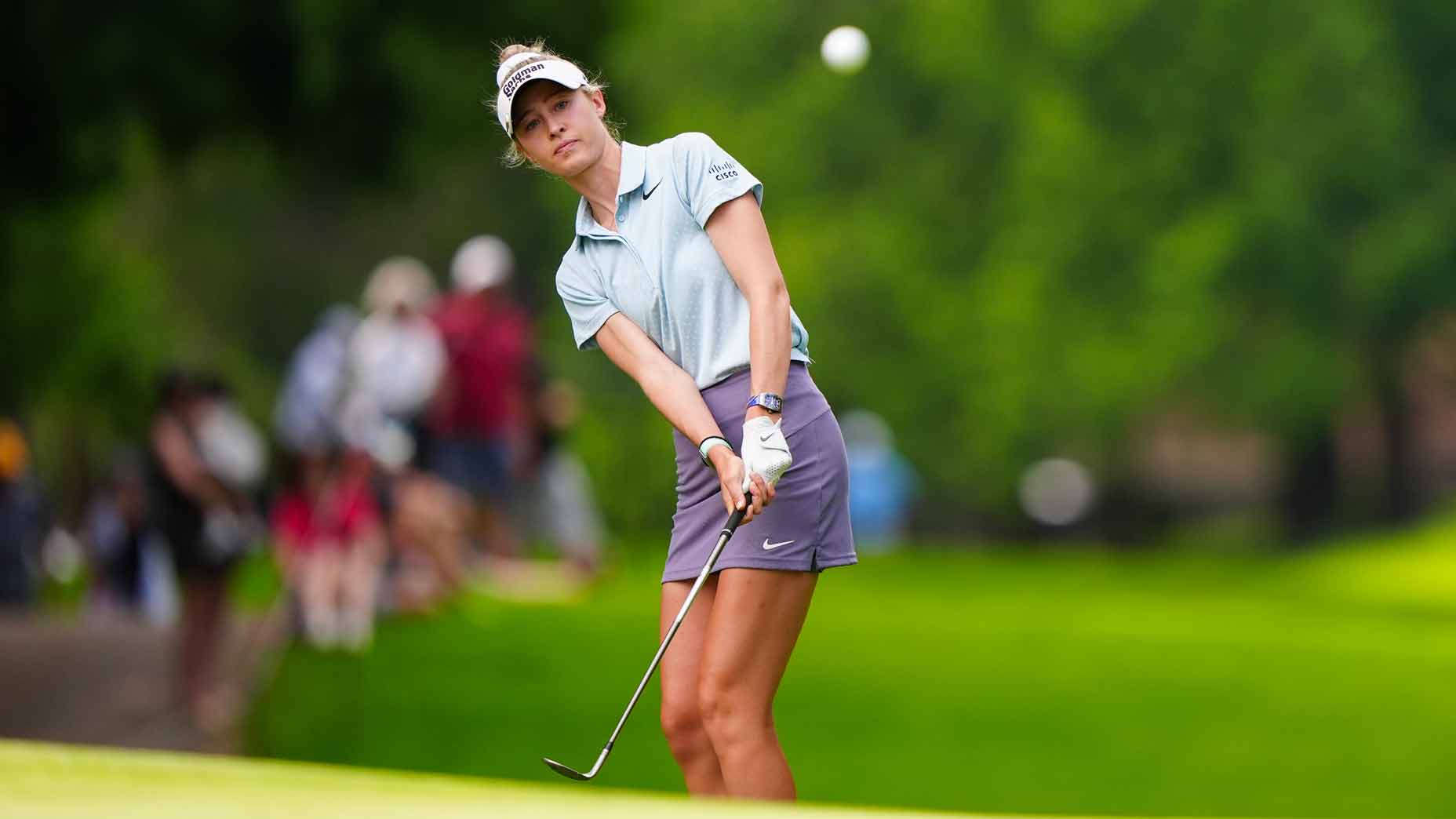Golf instruction is ever-evolving, but the best advice stands the test of time. In GOLF.com’s new series, Timeless Tips, we’re highlighting some of the greatest advice teachers and players have dispensed in the pages of GOLF Magazine. Today we look back to our July 1986 issue for a tutorial on what Craig Stadler called his “old-man” putting grip. For unlimited access to the full GOLF Magazine digital archive, join InsideGOLF today; you’ll enjoy $140 of value for only $39.99/year.
You’ve got to be a complete golfer to win at Augusta National — but it sure helps to be a deadeye putter. Navigating the slick putting surfaces is one of the greatest challenges the legendary course presents, and having control of your ball on the greens is an absolute must.
Craig Stadler knows this fact well. As the winner of the 1982 Masters Tournament, he made several nervy putts en route to the green jacket. And he did so with a rather unconventional grip.
Back in 1986, Stadler sat down with GOLF Magazine to show how found success with the “old-man” grip. Copy it and it might just help your game, too.
Stadler’s ‘old-man’ grip
Does it matter to me if my putting grip looks funny? Not if it works. And my unusual-looking style obviously is effective: Last year I needed only 28.63 putts per round, which was best on Tour.
I’ve used my “old man’s” grip since I was a kid. I call it that because a lot of players in the over-40 set putt this way. They probably use it for the same reason I do — it gives a lot of feel, and that means more to me than going by any book. Of course, I wouldn’t want you to change your setup or stroke if you’re already holing your share. But the rest of you (and I’ll bet that’s most of you) might consider adopting my method if you want better touch and fewer putts.
Most players use the reverse overlap grip in which the forefinger of the left hand overlaps the fingers of the right and points down the shaft. My grip is almost the opposite of that: I point my right finger straight down behind the shaft, so it acts as a guide for the direction of the putterface. I also overlap the last two fingers of my right hand over my left hand, which means that except for my right forefinger in the “guide” position behind the shaft, most of my right hand is off the club.
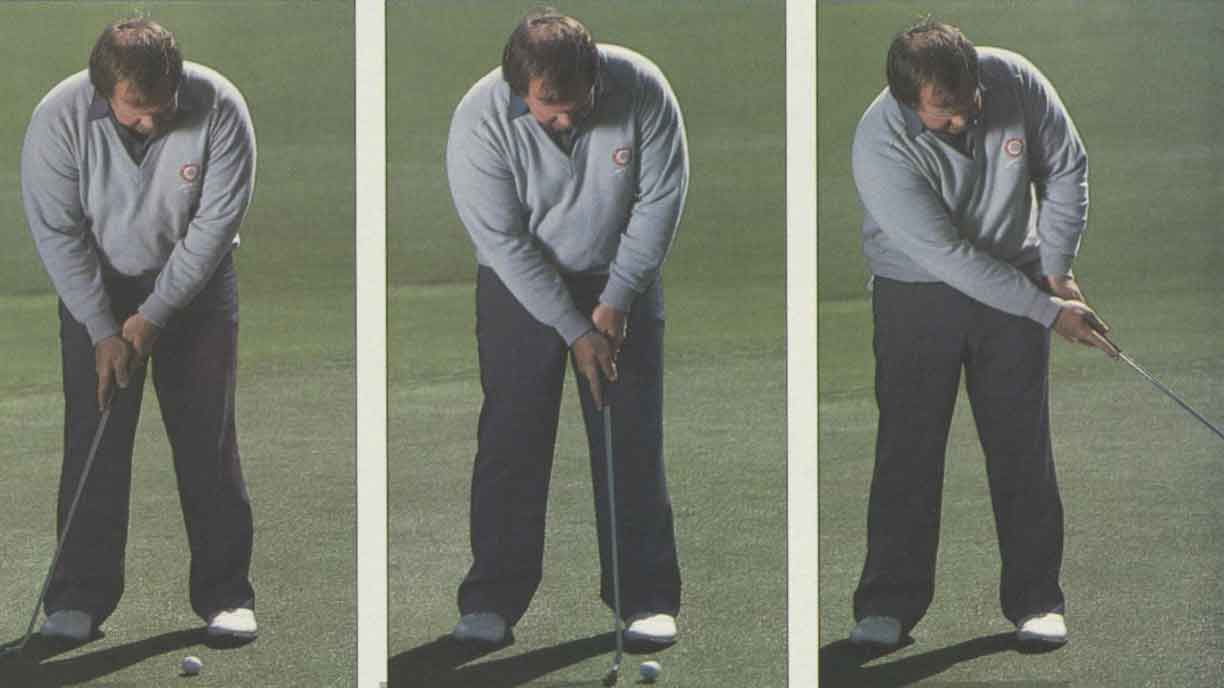
At address, I hold the club more firmly — say 60-40 — with my left hand than my right. Because so much more of my left hand is on the club than my right, it stands to reason that slightly more pressure is applied with the left. And I maintain this 60-40 ratio throughout the stroke.
I take a slightly open stance and place about 65 percent of my weight on my left side; this makes me feel solid and stable. I align the putterface square to the line on which I want to start the ball.
The ball sits just inside my left heel at address; that’s where the blade reaches the lowest point in the stroke, so the ball gets the smoothest possible roll.
One of my key thoughts is to make an accelerating stroke. As you can see in the photographs, which show a medium-length putt, I don’t take the blade back very far, but I stroke through with a longer follow-through. I want to be sure to accelerate through with my hands leading for a solid hit.
I don’t plan to break my wrists at any particular point, but as you can see in the photograph at the far right, my right hand eventually takes control, forcing my left wrist to break at the finish.
The inset photographs show the blade moving nearly straight along the target line throughout the stroke. A number of good putters move the blade more inside the line on the backstroke and the follow-through. But I believe the closer you keep the blade to the target line with the clubface pointing down the line throughout the stroke, the more consistent the results.
Don’t worry about how it looks, just how it feels. Comfort breeds confidence, and confidence means more holed putts.
